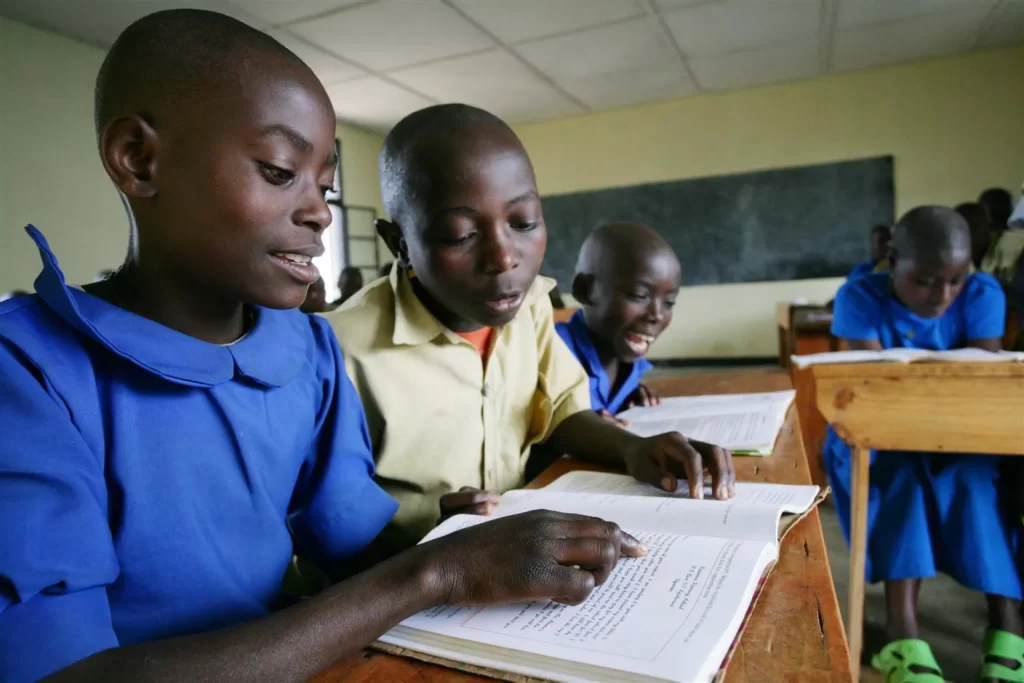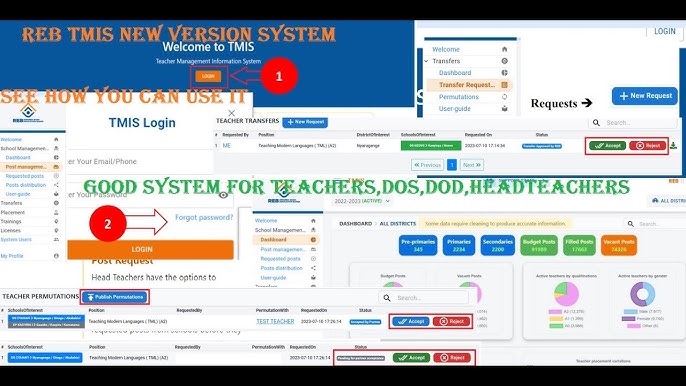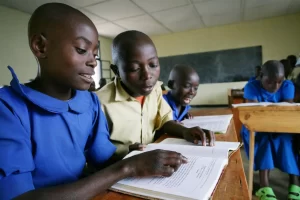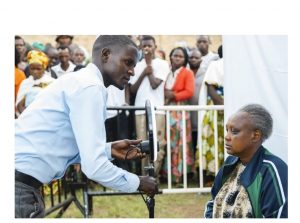When the teacher goes on leave, the classroom goes silent
5 min read
How Rwanda’s struggle to replace female teachers on maternity leave quietly hurts learning outcomes
By Telesphore KABERUKA
When teacher Claudine Mukamana left her classroom in Muhanga District last February, she left behind thirty-five eager pupils, and a gaping void. “I told them, ‘You’ll have a new teacher for a few weeks,’” she recalls. “But two days later, I got messages from parents asking why their children were sitting idle in class. I felt guilty, even while nursing my newborn.”
Across Rwanda, her story is echoed in countless schools. At a primary school in Muhanga, a head teacher recalls trying to find a replacement. “We sent letters to the district, to REB, to anyone who could help,” he says. “We were told to wait for the next budget cycle. For three months, Claudine’s pupils shared teachers with another class.”
In Gasabo District, Josiane Nirere returned from maternity leave to find her pupils far behind. “They had stopped reading fluently. Colleagues tried to help, but everyone was overloaded. Some children just copied notes without understanding.”
In Rusizi, a science teacher’s absence left two classes untaught for most of the term. “We borrowed a social-studies teacher to teach chemistry,” the head teacher says. “He tried, but he wasn’t trained for it. Students failed their end-of-term test.”
These stories reveal a quiet but significant loss of learning time whenever female teachers take maternity leave.
A Right protected, a gap unfilled
Rwanda guarantees up to 14 weeks of paid maternity leave under Law No. 003/2016, revised by Law No. 049/2024, with salaries reimbursed by the Rwanda Social Security Board (RSSB).
“We want mothers to recover and care for their babies without financial worry,” said an RSSB official. “But replacing the worker during that time lies with the employing institution.”
That replacement process is where the system falters. Ministerial instructions direct districts to hire temporary teachers from REB-approved rosters, funded through the Ministry of Finance. Yet funds rarely arrive on time.
“The guidelines exist, there’s even a Prime Minister’s Order issued in 2024 to fill the gaps, but they’re simply not being followed. School leaders appoint replacements as they please,” said Mukandayisenga Primitiva, a frustrated applicant in Rusizi who has been on the waiting list for nearly a year.
“The instruction exists on paper,” a head teacher in Gasabo admitted. “By the time the district receives money for replacements, the teacher is already back from leave.”
The gap left by absent teachers, and the system’s inability to fill it promptly, ripples through classrooms and communities alike.
When schools improvise

At a school in Gasabo, a dean of studies points to a timetable covered in arrows. “When two teachers went on maternity leave together, we redistributed lessons like bread crumbs,” she says. “Some days, I taught seven periods back-to-back.”
Her colleague Emmanuel Nsabimana adds: “You want to support your colleague, but you end up exhausted. Planning suffers, marking delays, and the children pay the price.”
In Shyogwe Sector of Muhanga District, parent Vestine Mukeshimana saw the impact firsthand. “My daughter’s reading dropped,” she says. “At home she told me, ‘Teacher was not there; another one came and left.’ We don’t know who to blame, the mother, the school, or both.”
Women make up a majority of Rwanda’s primary school teachers, nearly 57 percent, according to the 2022/23 Education Statistical Yearbook. In secondary schools, the share drops to about 34 percent (World Bank data).
Studies on teacher management highlight persistent challenges in replacing maternity-leave teachers, often caused by budget shortages and bureaucratic delays.
UNICEF’s Time to Teach study found that 12 percent of teachers reported weekly reductions in effective teaching time. Meanwhile, UNESCO data show fewer than one in five primary school children achieve minimum proficiency in reading and mathematics. Even a few weeks without a qualified teacher can set students back significantly.
District vice mayors acknowledge the problem. “We depend on MINECOFIN’s transfer to pay substitutes,” says Francine Mukakalisa, Vice Mayor of Rusizi District. “We’re on the right path to solve the issue through the Teacher Management Information System (TMIS), but we must wait for the next budget revision.”
Desperate schools often improvise, hiring diploma holders or volunteers, using school-feeding funds, or combining classes. “It’s not sustainable,” says the head of a 1,200-pupil school in Muhanga. “When a trained teacher is away, learning quality drops; when an untrained substitute comes, discipline drops.”

Vice Mayor Gilbert Mugabo adds: “Schools often wait until a teacher goes on maternity leave before requesting a substitute, which causes delays. We encourage early requests once a pregnancy is known, so planning can begin. Substitutes must come from the certified teacher list. We continue to work with REB to ensure students don’t miss lessons.”
Searching for lasting solutions
For mothers, maternity leave often comes with professional anxiety.
“I wanted to rest but feared my pupils would forget everything,” recalls Josiane Nirere. “When I returned, I had to re-teach half the syllabus.”
“Rwanda has excellent laws, but implementation requires fiscal planning,” notes Dr. Beatrice Uwitonze, a gender and education researcher.
The Ministry of Education is revising the teacher-replacement framework to make it automatic, linking absent teachers with pre-approved substitutes through the Teacher Management Information System (TMIS).
Experts stress gender-responsive planning. “If we can plan for exams, we can plan for pregnancies,” says Dr. Uwitonze, adding a sharp critique of TMIS, which has existed for nearly five years without tangible results.

Launched by REB and UNICEF in 2021, TMIS is designed to automatically link substitutes to payroll. Officials acknowledge that the feature for temporary replacements is still being integrated with district finance and RSSB systems. “It has the potential to fix delays,” one REB officer said, “but it must first connect to payroll and reimbursement platforms. Until then, schools improvise.”
Rwanda’s Prime Minister’s Order No. 033/03 of 12 November 2024 explicitly provides for temporary replacement of teachers on leave (Article 39). Earlier regulations in the Official Gazette of 16 March 2020 outlined how substitutes should be appointed and paid.
Complicating matters, schools are caught between policy and cash flow. Under RSSB maternity benefits, employers pay salaries upfront and later apply for reimbursement, a process that can take weeks. The Rwanda Revenue Authority notes the scheme is financed at 0.6% of gross salary (0.3% employer and 0.3% employee).
However, some schools still turn to capitation grants or school-feeding funds to maintain staffing. “We end up borrowing from any pocket available to keep the classroom running,” one head teacher confided.
Until the system catches up with policy, maternity leave will remain both a right and a risk for Rwanda’s classrooms.




